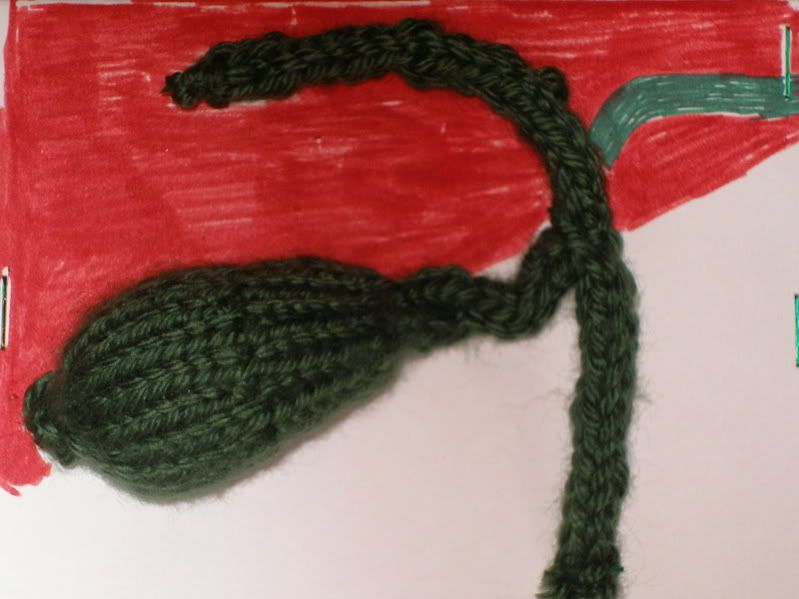Greetings,
This week has just flown by it seems. It seems way too early to be almost Friday.
2/13
We went to the main health department office. We were given a tour of the facility by one of the epidemiologists. The main laboratory is at this clinic. It was by far busier than the Health Department we visited last week. We found out that there are 59 health department buildings in Tegucigalpa alone. There is essentially one for every neighborhood. The main health department clinic has a clinical area solely dedicated to AIDS or SIDA (in espanol) patients. They are able to receive all their medication and medical attention in a separate clinical area. They also have more diagnostic testing in this center, there was even ultrasound. Most pregnant patients are not able to afford ultrasounds, but they try to get all teen pregnancies scanned before delivering.
After our tour we talked to the epidemiologist about how they collect data on various diseases (dengue, AIDS/HIV, pneumonia, Tuberculosis, malaria, diarrhea, malnutrition). Each health department center keeps records on the number of patients they see with these diseases, their age and location. This data is written on a spread sheet which is then brought to the main health department and it’s analyzed. It is often hard to keep track of patients because they do not really have addresses. Most people live in an area, but there is no designation of street or actual houses, they all kina run together. Also some people will visit multiple clinics, hospitals, or health departments for the same problem and each of these will report the problem. So sometimes the information is not always correct.
We spoke to the group that organizes the treatment of AIDS, we learned more about this today… So I’ll only cover our AIDS education once.
We toured Hospital San Felipe, which is where we will be doing our 24 hour OB shifts. The hospital is very nice. We found out that the average stay post delivery is 6-8 hours. That just seems crazy. If you have a c-section you get to stay a whole 24 hours. Then it’s back home, and probably back to work. The design of the hospital is very open and it has a lot of trees and foliage along the corridors. The patient rooms are buildings off these corridors. We were discussing as to whether the design style would catch on in America, but then we figured that birds flying around probably would not go over too well. The OR is essentially the only part that’s not open in some shape or form, so we didn’t get to see any of that.
Last night we went out to dinner to celebrate the Match. Apparently it is “dry” season right now, someone should have informed the weather that, because I think we got about 3 inches of rain, the roads were flooded as we drove to the restaurant. You’d never know it rained today, other than we had to rewash our clothes that were drying outside last night. The dinner was very nice and the 5 of us went with Dr. White and his wife, who are in charge of the Baxter institute. They are originally from the USA, but spend most of their time down here running the school and clinic.
2/14/08
This morning we had clinic. Brittney is able to see patients with little help on the translating. Every once in a while they lose her, but her Spanish is really improving. I can see some patients with no help, but sometimes they still talk to fast, or I don’t know the words on how to explain things.
After clinic today the counselor who works with the AIDS/HIV patients came to talk to us about her job, and the treatment of AIDS. Most detection of AIDS occurs because people ask for the test. All pregnant patients are required to be tested at the health department upon confirmation of pregnancy. The counselor is there to offer support, social work, and guide them through the process of treatment. The government has a protocol on treatment, although sometimes it is changed based on the cost of available medicines, or medications that may have been donated. They have protocols as to when to start different prophylactic treatments, and essentially the only difference from the US version is their treatment of TB in AIDS patients. Since TB is so prevalent they are at much higher risk of catching it than in America. Patients are able to receive CD-4 counts, antiviral medication and the appropriate treatment if there are found to be compliant with their counseling sessions. Pregnant patients have their babies at a National Hospital which has a separate area for AIDS patients. There they are able to receive proper treatments, and also care for their babies. The babies are tested for the virus every 3 months for the first year, then annually after that. The counselor told us some stories of different patients being in denial, refusing to change their lifestyles (prostitutes, etc.), so it seems they face the same problems with patient compliance as we do.
We are hoping to do some hiking in a cloud forest this weekend on Saturday before my 24 hour OB shift. I am sure I’ll have lots to write about that.
If anyone has any questions about the trip, please let me know… and I’ll try to answer them J
Take care,
Allison










1 comment:
Congrats on the Match. UConn is a great place.
Post a Comment